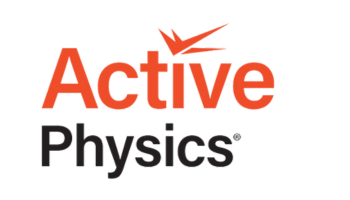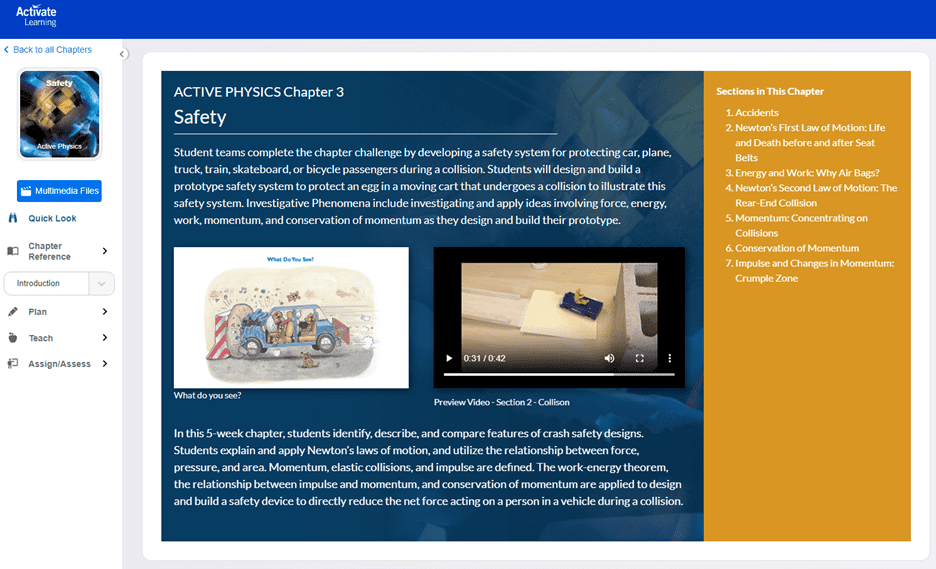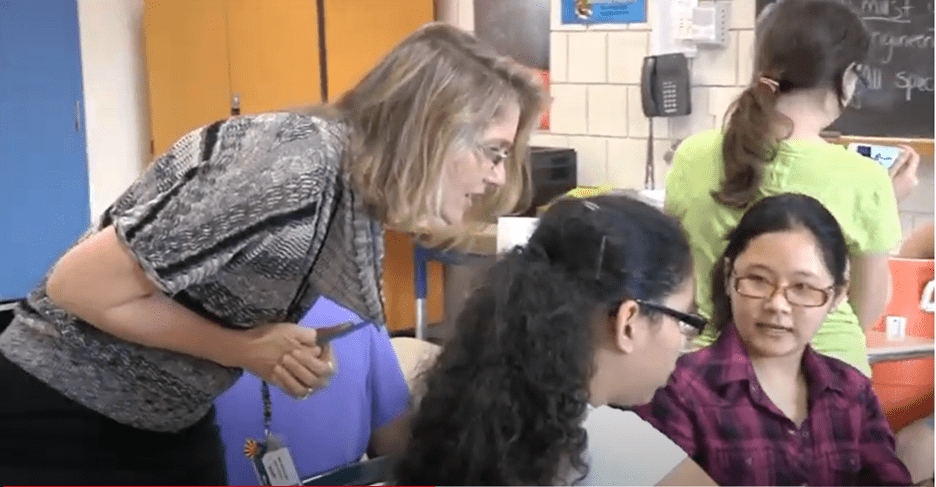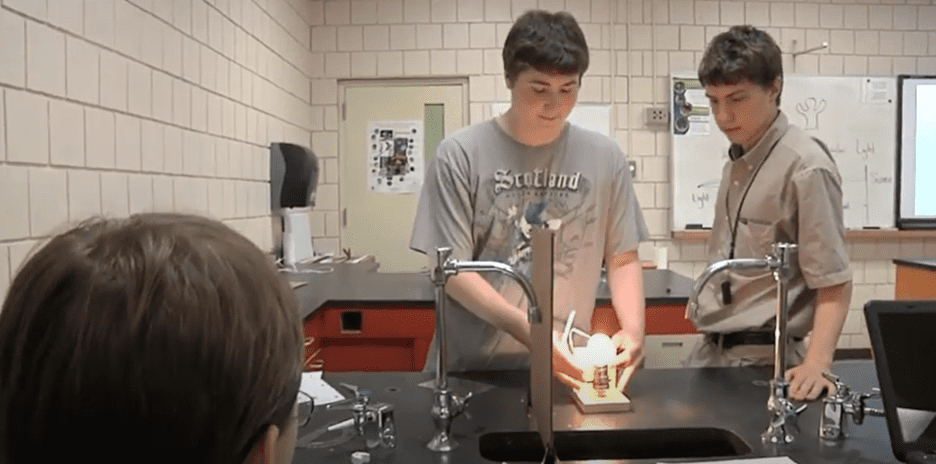
What Makes the Active Physics Curriculum Unique?
The Active Physics curriculum for high school is a full-year, NSF-funded physics program developed for ALL students, with built-in flexibility to be used as a physics first or an upper-level physics course.
Also available as chapter books which are perfect for customized courses, extended day and summer school programs.
Available as a package or for individual purchase
Digital
On the Activate Learning Digital Platform
Kits
Materials & Supplies
Professional Learning
Three-Dimensional
Project-Based Approach
Active Physics embraces the three-dimensional learning of the Next Generation Science Standards throughout the curriculum.
Students Learn Like Scientists and Engineers
Active Physics infuses engineering into the curriculum by introducing the Engineering Design Cycle.
Total Support
for Teachers
Professional Learning is provided by our team of education experts.
Need more info to decide if this the right curriculum for your district or school?
Active Physics Curriculum Details
Active Physics is based on the research on how students learn, encapsulated in the 7E Instructional Model (Elicit, Engage, Explore, Explain, Elaborate, Extend, Evaluate).
As a result, Active Physics provides ALL students with a deep and memorable learning experience.
-
Chapter Challenges
Interesting and meaningful Chapter Challenges motivate students to learn and remember the physics content.
-
Active Physics Plus
Teachers can customize the program using Active Physics Plus in the student edition for students who need and want more mathematics, depth, concepts, or explorations.
-
Project-Based Active Series
Explore the project-based Active Series for Chemistry, Physics, and Physical Science and our EarthComm Earth and Space System Science curriculum.
-
NGSS Alignment
Download the program brochure to view the detailed NGSS alignment.
Active Physics Curriculum Research-Based Design
Active Physics students are motivated to learn.
Students are motivated to learn science in the context of highly engaging and authentic “real-world” projects that guide instruction and serve to organize their learning. Research shows that the project-based approach promotes excitement and meaningful learning for ALL students.
Active Physics students learn like scientists.
The science and engineering practices, as described in A Framework for K-12 Science Education, are integrated throughout the curriculum. Students engage with complex situations and collaborate on what they need to learn in order to manage the situation effectively.
Active Physics is for ALL students.
The Active Physics Plus feature in the student edition allows teachers to customize the program for students who want or need more mathematics, depth, concepts, or explorations.
A comprehensive Teacher’s Edition and Resources provide full support for differentiated instruction with augmentations, accommodations, and suggestions for the English Language Learner.
Digital Platform
The Activate Learning Digital Platform (ALDP) hosts the interactive digital edition of the Active Physics teacher and student curriculum materials.
The platform is designed for student accessibility and inclusion and offers embedded translation for over 130 languages and text-to-speech with read-along highlighting in 35 languages.
Featuring an intuitive user experience, teachers have everything they need to Plan, Teach, Assign, and Assess lessons in a platform that is integrated with leading SIS rostering and Learning Management Systems such as Google Classroom, Schoology, and Canvas.

About The Author

Dr. Arthur Eisenkraft has taught high school physics for over 28 years. He is currently the Distinguished Professor of Science Education, Professor of Physics and Founding Director of the Center of Science and Math in Context (COSMIC) at the University of Massachusetts Boston.
Testimonials Kind Words from Administrators & Teachers.
Active Physics Videos
Active Physics Overview

Active Physics Student Experiences

